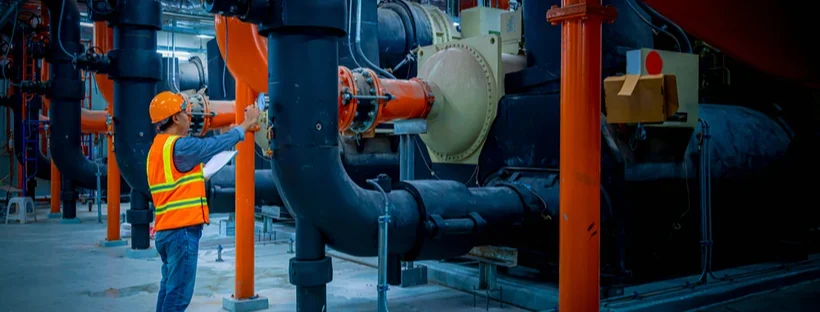

HVAC technicians already know that the last 18 months have been difficult for business due to the COVID-19 supply chain impacts and other problems. Indeed, adding to the uncertainty and risk of the pandemic and its associated financial challenges and additional safety protocols, there has been a significant disruption to the world’s supply chains for all types of equipment.
Air conditioning and heating parts and equipment are in short supply. But demand has rapidly increased with millions of people suddenly working from home. Additionally, extreme weather has hit hard in both the winter and the summer.
In fact, the US experienced some of the hottest temperatures ever recorded from the Pacific Northwest to the Southwest. Plus, states in the Midwest hit all-time low temperatures, with multiple days near or below freezing earlier in 2021.
The problems in the supply chain are multi-faceted and complex, which make them even harder to resolve. It is unlikely that things will be back to normal soon. Experts predict that it could take a year after the issues are resolved for some companies to recover completely.
For HVAC companies, it is essential to understand the COVID-19 supply chain impacts, and what they will mean for business. It is also essential to diversify where you get your parts and supplies from in the future to prevent disruptions as much as possible in uncertain times.
The manufacturing and shipping industry was hit particularly hard during COVID-19 and is still only operating at a fraction of its peak. Some of the immediate impacts include:
The speed and duration of the pandemic have demonstrated how fragile global supply chains can be as well as the value in developing a more robust and diverse range of suppliers from which to purchase goods. Many HVAC companies are looking at how to work with suppliers closer to home to minimize the risks in global shipping and trade and other COVID-19 supply chain impacts.
The HVAC industry is built on raw materials, and a shortage in one small part can ricochet out into massive shortages. So, with multiple raw materials nowhere to be found, the industry is hurting, especially in regards to air conditioners. A/C requires semiconductors and a range of raw materials, including:
Meanwhile, the demand for these essential HVAC products has jumped as more people now need to purchase things like computers and laptops to work and learn from home, upgrade their television and other entertainment devices, or purchase new vehicles. Between the increase in demand, workforce shortages and COVID-19 surges in some of the only places in the world where semiconductors are made, air conditioner manufacturing is facing a brutal storm.
Indeed, COVID-19 supply chain impacts have created severe issues with these materials. However, the pandemic is not the only reason for the shortages. Other disasters like extreme weather, the Suez Canal container ship blockage and factory fires have multiplied the effects of COVID-19.
Unfortunately, it does not look like the current issues are likely to let up in the near future. Manufacturers have all announced price increases, ranging from AAON with a 5% increase to Lennox increasing prices anywhere from 6% to 9%. Other major manufacturers like Carrier, Trane, York, Evapco and A.O. Smith have all announced similar increases in the 6-8.5% range.
Meanwhile, semiconductor prices are not going down while shortages continue. A 10-30% increase is likely to stick around for a while as countries and companies make plans to boost their own semiconductor manufacturing capabilities. Metal prices are also up 72% and likely to stay high due to:
There are a few steps that HVAC technicians can take to build more resilience against the inevitable COVID-19 supply chain impacts in the future:
It is impossible to control the global supply chain. If the past 18 months have taught us anything, it is that we cannot predict the future with any certainty. However, with the right tools—like supply chain management software— and careful planning, you can minimize the long-term risks to your business.
